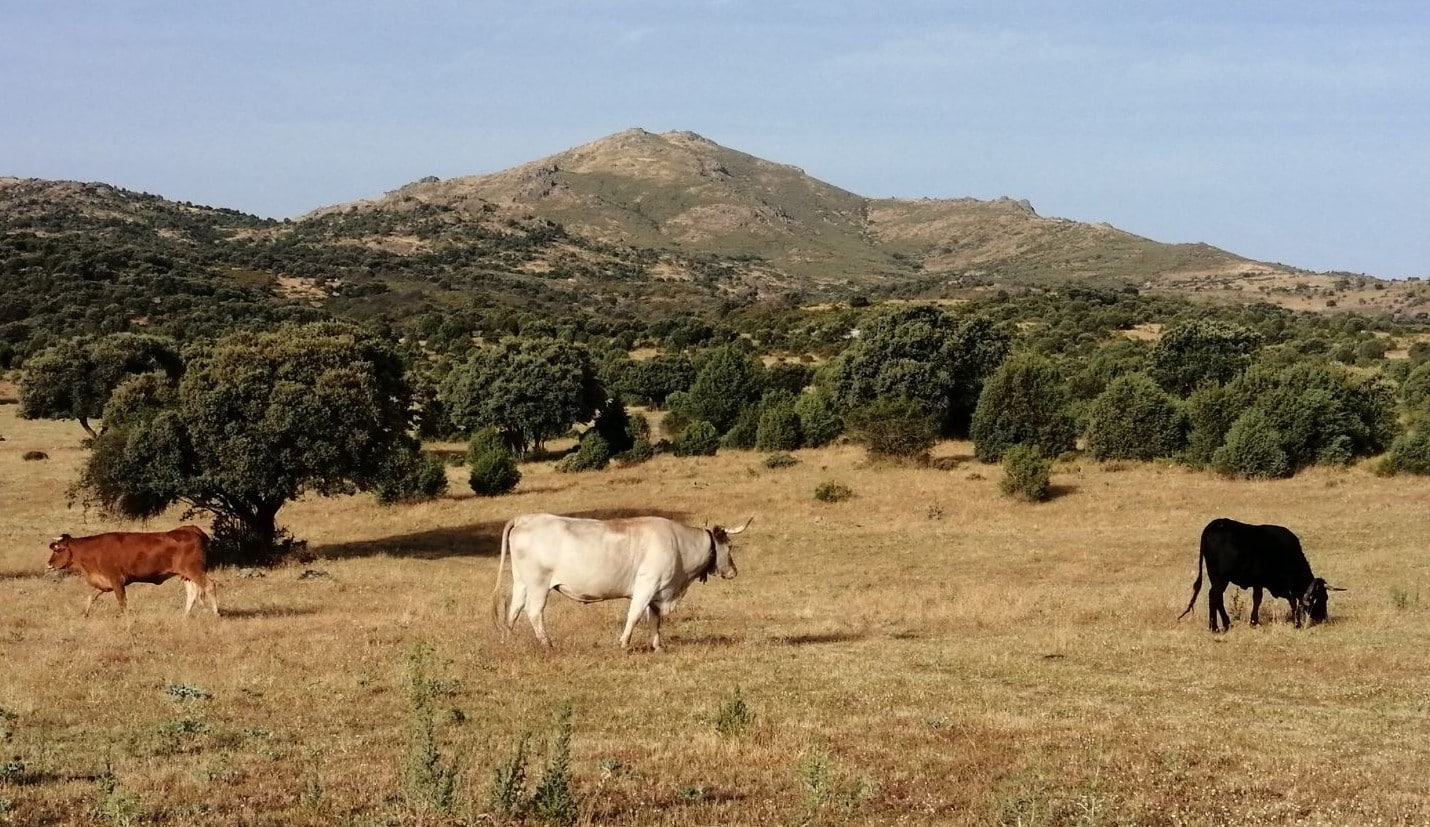A multidisciplinary study, in which the Autonomous University of Madrid (UAM) and CSIC participated, has shown that it is possible Extensive livestock farming coexistence and wildlifeIncluding wolves, vultures and anointed in the Sierra de Madrid.
The research analyzes in a context of passive renaturalization, which is the challenges and opportunities that this interaction has. It emphasizes that opening spaces for dialogue between the various actors are the key to achieve this. And emphasizes the need to promote sustainable management strategies Bring the needs of the rural environment balanced with the preservation of biodiversity.
Cattle and biodiversity
And Recent study, published in the magazine People and nature Through a multidisciplinary team of the Autonomous University of Madrid (UAM), the Global Biodiversity and Change Research Center (CIBC.UAM), the CSIC and the average of the recovery of large vertebrates, such as wolves, wild ungulates and howling.
The work analyzes the challenges and opportunities arising from passive renature processes (Passively) derived from leaving traditional activities. These processes are characterized by the Expansion of scrub and forests that prefer the restoration of large wild vertebratesGenerating tensions with productive activities such as extensive cattle.
The study emphasizes the need to find a balance that the Biodiversity conservation with the sustainability of extensive cattleA productive model that, despite the environmental and social interest, has serious problems with economic viability.
According to Pablo Acebes, professor of the Ecology department of the UAM and co -author of the study: “Wildlife is not biggest problems with an extensive cattle in the Sierra de Madrid, as recognized by the people interviewed. But it may be the side that ends with a decline activity and that is Fundamentally to produce quality food, to preserve living landscapes and retain biodiversity associated with these systems ”.
Diverse perceptions and consensus
The research was aimed at the areas of Colmenar Viejo and the Sierra del Rincón, where in -Depth interviews were conducted with farmers, forest agents, veterinarians, agricultural administration staff, non -governmental proof and academic organizations. Interviews investigated topics such as Population trends of wolves, foxes, rosers, wild boar and Leoned VulturesAs well as its impact and possible benefits for livestock activity.
The results show one Generalized consensus on the restoration of large vertebrates. However, this recovery generates a variety of perceptions: nature conservationists consider it positive, while actors linked to land use usually regard it as a threat. Similarly, differences were identified within the cattle sector, because the breeders of small ruminants (sheep and goats) tended to better accept the presence of animals in the wild thanks to more agro -ecological management practices, in contrast to the cattle farms.
One of the most important negative effects is lobos attacks, which can cause abortions in pregnant women in addition to killing or hurting cattle, and Leoned Vultures -attacks on sick animals or with birth complications. The care for the Transfer of diseases such as animal tuberculosis from wild non -art to cattle.
Strategies to co -exist
As part of the research, researchers propose various measures to minimize these conflicts. Is ” Fundamental involvement with local actors in the design of strategies for conflict prevention and managementAnd guarantee that these measures are implemented by agreements between all parties involved: public administrations, productive sector and academy, “says co -author Daniel López, researcher at the Institute of Economy, Geography and Demography of the CSIC.
Similarly, the authors emphasize the importance of recognizing and assessing the role of extensive cattle, not only as an economic activity, but as an important tool for the Sustainable landscape maintenance and biodiversity. As mentioned in their studies: “It is necessary to deal with shared approaches that respect the ambitions of rural communities and at the same time achieve the preservation objectives of the European Union.”
“Co -sexistence with large vertebrates is not only possible, but also necessary for Achieve a balance between sustainable production and recovery of ecosystems. These species that perform essential ecological functions, such as herbivore control, the elimination of plant biomass or seed dispersion, must be interpreted as allies of the natural environment with which extensive cattle must learn to live together, “concludes Pablo Acebes.

